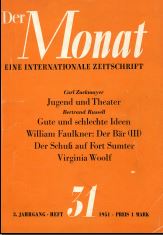
Salto Mortale of Dialectics
Salto Mortale der Dialektik
review of: -------------------- A. Rossi: Les communistes français pendant la Drôle de Guerre. Les Iles d‘Or, Paris, 1951.
More...
review of: -------------------- A. Rossi: Les communistes français pendant la Drôle de Guerre. Les Iles d‘Or, Paris, 1951.
More...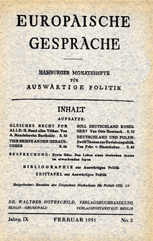

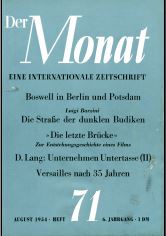
Keywords: epitaph; funeral monuments; memory; Transylvania; sixteenth and seventeenth century;
The term “epitaph” has been used by researchers and the broader public for a range of stone memorials installed within the territory of the Transylvanian Principality during the sixteenth and seventeenth centuries, both in towns and at burial sites on the estates of the nobility. It is a challenge to find a clear definition of the genre called epitaph as used in international scholarship, especially if trying to cover the entirety of Europe in the Middle Ages and the Early Modern Period. Some elements in the suggested definitions concern the form and iconography, while others refer to the spatial position and a certain type of commemorative function distinct from that of funeral monuments: epitaphs did not necessarily mark the actual place of burial but were installed somewhere else on the wall to evoke the memory of the deceased. The paper reflects on these interpretations, and examines whether traditions and practice in Transylvania corresponded to the trends in Central and Western Europe. It is considered whether and in what respect the category “epitaph” is useful when describing the commemorative objects of the Early Modern Transylvanian elite. The discussion is based on the author’s field survey, the first carried out, of the overwhelming majority of stone memorials that have survived from the territory and period of the Transylvanian Principality (1541-c. 1700).
More...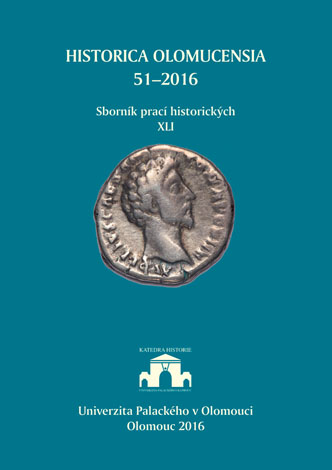
Keywords: City; Early Modern Period; Ideal Society; Urban Historiography
In addition to keeping collective memory, medieval and early modern urban historiography aimed at idealizing the city. To achieve the goal, urban authors resorted to allegory and metaphor that served as the most frequently used literary strategies. Compared to garden, ship, human body and/or precisely working clock, the city was depicted in urban chronicles, panegyrics and private memories as a perfect society marked with harmony, concord, order, collectivism and symmetry (beauty). Presented as the ideal, well-governed and well-organized social and political bodies cities and their constitutions served as patterns to be followed by european territorial states.
More...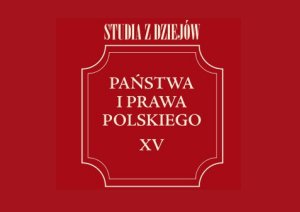
Keywords: Gdańsk (Danzig); Carmelites; Catholics and Lutherans in Gdańsk; penitentiary (prison); diaries of town clerks; Gdańsk and Pomeranian official court
The event from 1700 presented in the article was described in the diary of a contemporarymunicipal syndic, Johann Ernst von der Linde. A group of fugitives from the Gdańsk Penitentiary (i.e. prison) attempted to invoke the right of the church sanctuary. For this purpose they claimed sanctuary inside the Carmelite Monastery in the Old Town ofGdańsk (Danzig). The incident illustrates tendencies present in the transitional period betweenearly modern times – when such right was accepted – and more recent times – whensense and legitimacy of such procedure were already questioned. The event took place in Gdańsk, a powerful, self-governing, economic centre with a very good system of local law, additionally being a mainstay of Protestantism in the region. The event was also a particulartest of authority between the dominant religion and a religious minority. A successfulescape from the municipal prison, negotiations between the stakeholders referring to thewritten law, custom and precedents, and the fi nal lack of any consequences for the fugitivescasts an interesting light on the penitentiary and criminal system of Gdańsk and the issueof maintaining order in the city in the late 17th and early 18th centuries.
More...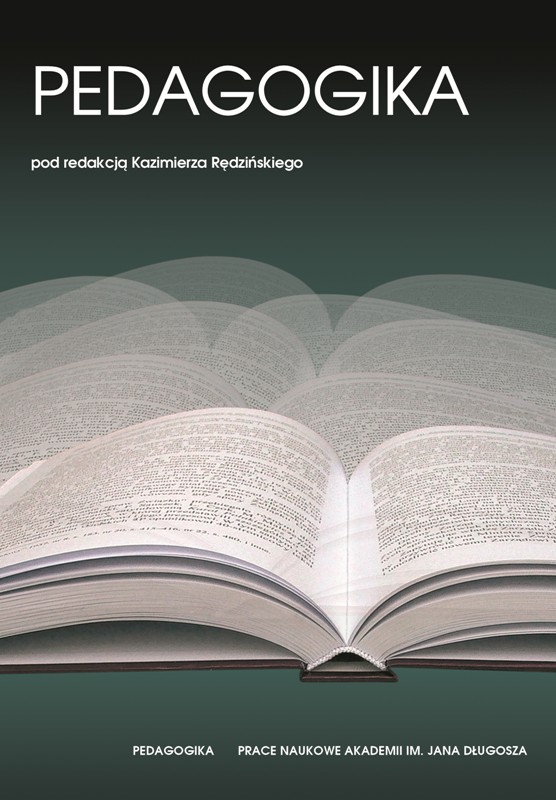
The article presents the history of Jewish religious schools and public schools for the Jews in Zgierz. The author depicted the socio-economic and legal development of the Jewish schools. There were also characterized the development of the Jewish community in Zgierz, the history of educational institutions, plans and curricula, teachers and students. The article was based on previously unknown archival material stored in the State Archive in Lodz.
More...Keywords: Islamism; Algeria; political Islam; Islamic parties; radicalization;
This paper addresses the issue of the political Islam which has a long history in Algeria, since the link between Islam and politics is not a new phenomenon in contemporary Algeria. The various resistance movements against the French Colonization gained justification not only in the name of Algeria but also of Islam. Thus, Algeria's specific historical experience largely determined the timing and particular nature of its own Islamist movement. This article attempts to trace the modern origins of the Islamist movement from the role Islam played in resistance to French colonial rule, to contemporary Algeria which is a key test case for the role of Islam in politics and its influence on both internal and external policies. Aside from analyzing the politico-religious landscape in Algeria and the relationship between the state and religion, the paper also examines how Algerian Islamism has evolved into transnational terrorism under the light of the analytical background.
More...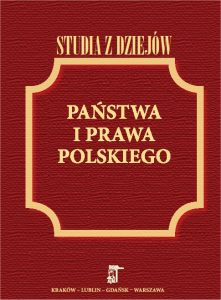
Keywords: Lubeck’s law; Late Middle Ages; Renaissance; Elbląg; legal codes;
The article deals with the issue of Lubeck law applied in Prussian cities during the Middle Ages and the Renaissance period. It presents the current state of research on court law. Existing and lost sources of Lubeck’s law were mentioned. The article also points out the deficiencies in the field of judicial law and source studies. The paper also outlined research perspectives. From the research perspectives, studies on the content of these sources seem to be very promising. They can help in researching the everyday life of townspeople, their mentality and problems completely neglected by literature, including fire and construction regulations and specific legal issues (including penal systems).
More...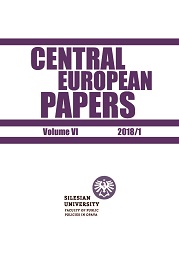
Keywords: Upper Silesia; strike; social resistance; Polish People’s Republic; Edward Gierek
The backgrounds of workers strikes in the Polish communist era varied, depending on which historical period they were taking place in. In Upper Silesia, their specificity was additionally more acute due the heavy industry concentration in the region and vast numbers of workers. In Polish historiography of the post-1945 era it has become quite common to treat the strikes almost solely as elements of social resistance against the powers that be. What has frequently been overlooked is that social resistance is a broader phenomenon, as a rule defined as any spontaneous, unorganized and unguided protest against an imposed political and/or ideological order, usually bound up with defence of traditional values. Strikes constitute but one part of such protests; what is more, only a segment of them was of a political nature. The authors of the present article analyse the impact that workers strikes which had occurred in Poland’s largest industrial region exerted on the situation of the Polish People’s Republic (PRL).During the 1940s and at the beginning of the 1950s the Upper Silesian industrial region (Polish: GOP) was the centre of the resistance movement. The year 1956, when a special system of privileges and incentives was put forth for workers in the heavy industry sector, marked the end of social strikes in Upper Silesia for nearly two decades, in contrast to what was happening at the time in other parts of Poland. The system is now popularly identified with the figure of Edward Gierek, who was the first secretary of the Polish United Workers’ Party. Gierek’s system can be compared to the Hungarian Kadarism or the GDR model proposed by Erich Honecker which proved quite effective up until the 1980s. Gierek’s model of rule in Upper Silesia differed from governmental strategies in force in other parts of Poland, where due to both a lack of financial means and political willpower it was not possible to build a veritable ‘welfare state’. It was only the 1980 events on the Polish coast that ignited the workers strikes in Upper Silesia and its coal mines and ironworks, quickly spreading to most of industrial plants in the region. Considering the significance of the Upper Silesian industrial region for the whole of Poland, without these Silesian strikes the 1980 success of Solidarity would not have been possible.
More...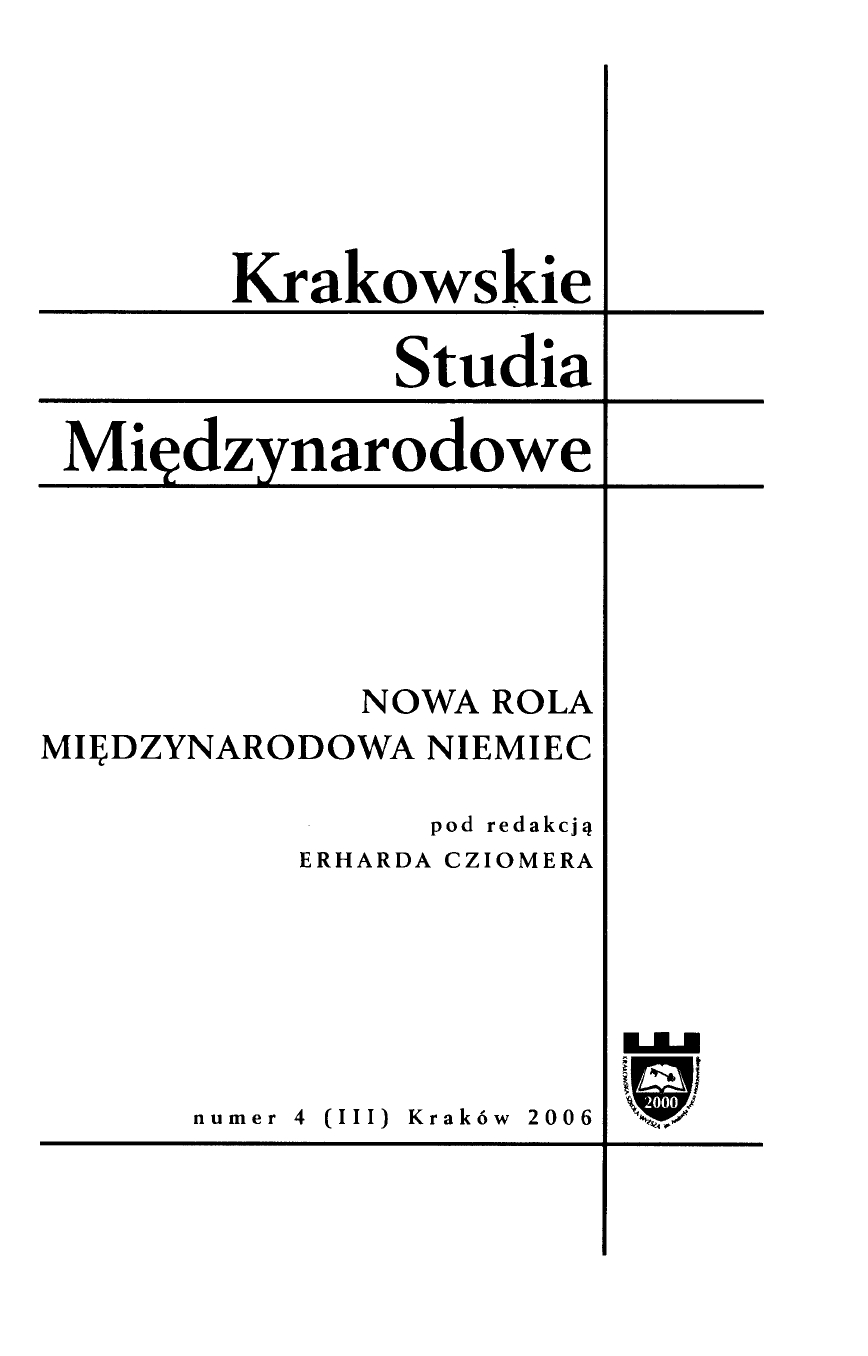
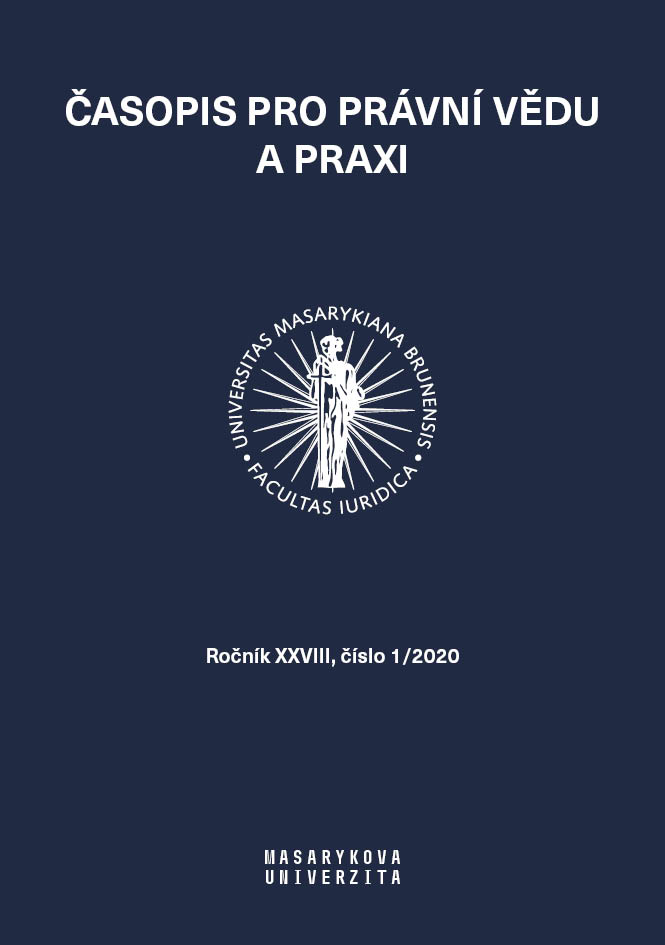
Keywords: Decision-Making; Courts; Heuristics; Cognitive Bias; Expert Testimony.
The Decision-making process is one of the common processes in everyday life. In all decision-making situations we choose from all the available alternatives. The time needed to make a decision depends on the importance of the decision itself. Therefore, heuristics are involved in the decision making, however their utilization bring not only advantages but also threats in the form of cognitive biases. The process of judicial decision-making is comparable to the ordinary decision-making, thus, it is useful to examine it also from the psychological point of view. This article aims to summarize the variety of cognitive biases involved in decisional process. The article draw attention to the pitfalls associated with the use of heuristics in the decisional process of courts, focusing more closely on the use of evidence by expert opinion and it proposes several measures to prevent the negative aspects.
More...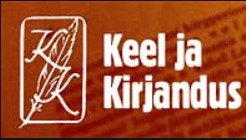
Keywords: semantics; adpositions; spatial language; frames of reference; front-back;
Languages differ in how they encode spatial frames of reference. The article examines Estonian postpositions which denote front and back relations: ette ‘in front of [illative]’, ees ‘in front of [inessive]’, taha ‘to the back’, taga ‘back, behind’, tagant ‘from behind’. The goal of the study was to discover systematic patterns in how the reference frames are used to locate spatial entities (ground objects) in the front-back dimension in Estonian. The study is corpus-based, the data coming from the Estonian National Corpus 2017 (1,107,584,469 words), collected via Sketch Engine (Kilgarriff et al. 2004). According to the most salient spatial collocations of the adpositions under investigation, the intrinsic frame of reference is chiefly used when the ground object is animate (humans, collectives) or can move (vehicles). This finding is consistent with that of Levinson (2003), who states that functions of (body)parts and direction of motion are amongst the typical means of discerning front-back asymmetry. Functional orientation may also bestow facets on inanimate objects (e.g. the fronts of buildings and of furniture).If the ground object lacks inherent facets, the relative (egocentric) frame of reference is used. There are many natural objects that lack inherent orientation, such as trees, forests, stones, mountains, and also buildings and their constituent parts (e.g. doors, windows, gates, walls). The relative frame of reference typically maps the observer’s own axes onto the ground object by assigning a front to the ground object, as though the object was facing the observer (“facing strategy” (Hill 1982)). There are some cases found in the Estonian data where the axes are not mapped according to this facing strategy, but according to the aligned strategy; these exceptions can be explained by the particular features of the ground object (e.g. the observer and ground object are both on the move; or the ground object is relatively small). However, in some cases, it seems that a kind of fixed or conventional viewpoint is adopted (e.g. trellide taga ‘behind bars’, joone taga ‘behind the line’).
More...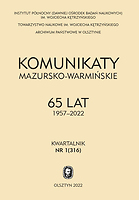
Keywords: plebiscite; Masuria; Warmian customs and beliefs; Rev. Walenty Barczewski; Land of Lubawa
A prominent Pomeranian researcher from Grudziądz and long-standing president of the Scientific Society in Toruń, the Reverend Alfons Mańkowski (1870-1941), took an interest in Mazuria as early as 1912. He came to Ruciane and Ukta, visited the Old Believers in Wojnowo, then Mikołajki, Giżycko and Stare Juchy. Two years later he arrived in Działdowo, to record the destruction wrought by the Russians in the First World War. From both journeys he printed longer reports in the Poznan illustrated weekly “Praca”. While pastoring in 1910-1920 in Złotów near Lubawa, he wrote several studies on the Polish movement in these lands, including the publication in 1922 of two letters by Gustaw Gizewiusz in a supplement to the “Gazeta Gdańska” called “Pomorze”. He devoted several important publications to Warmia, including the papers on Polish literature, on clergymen from Warmia who carried out religious services in Pomerania. He took a broader look at Warmian customs and beliefs. He was assisted in this study by Andrzej Samulowski from Gietrzwałd.
More...Keywords: meronymy; polysemy; semantic productivity;
This paper deals with the research of the Part-Whole-Relations in the lexical system of the language exemplified by the human body part names in the Germanic (German, English) and Slavonic (Ukrainian, Russian) languages. The contrastive approach reveals the main differences in the nomination and segmentation process of the lexical units under analysis. The system of naive segmentation of the human body is proved to be the rich source of anthropomorphic metaphor in the compared languages. The polysemy level of the body part names in the contrasted languages is distinguished with the help of the index of polysemy. The study focuses on the classification of the regular semantic change paths of the body part names, highlights cross-language similarities and differences in their semantics and outlines their semantic productivity in the field of terminology.
More...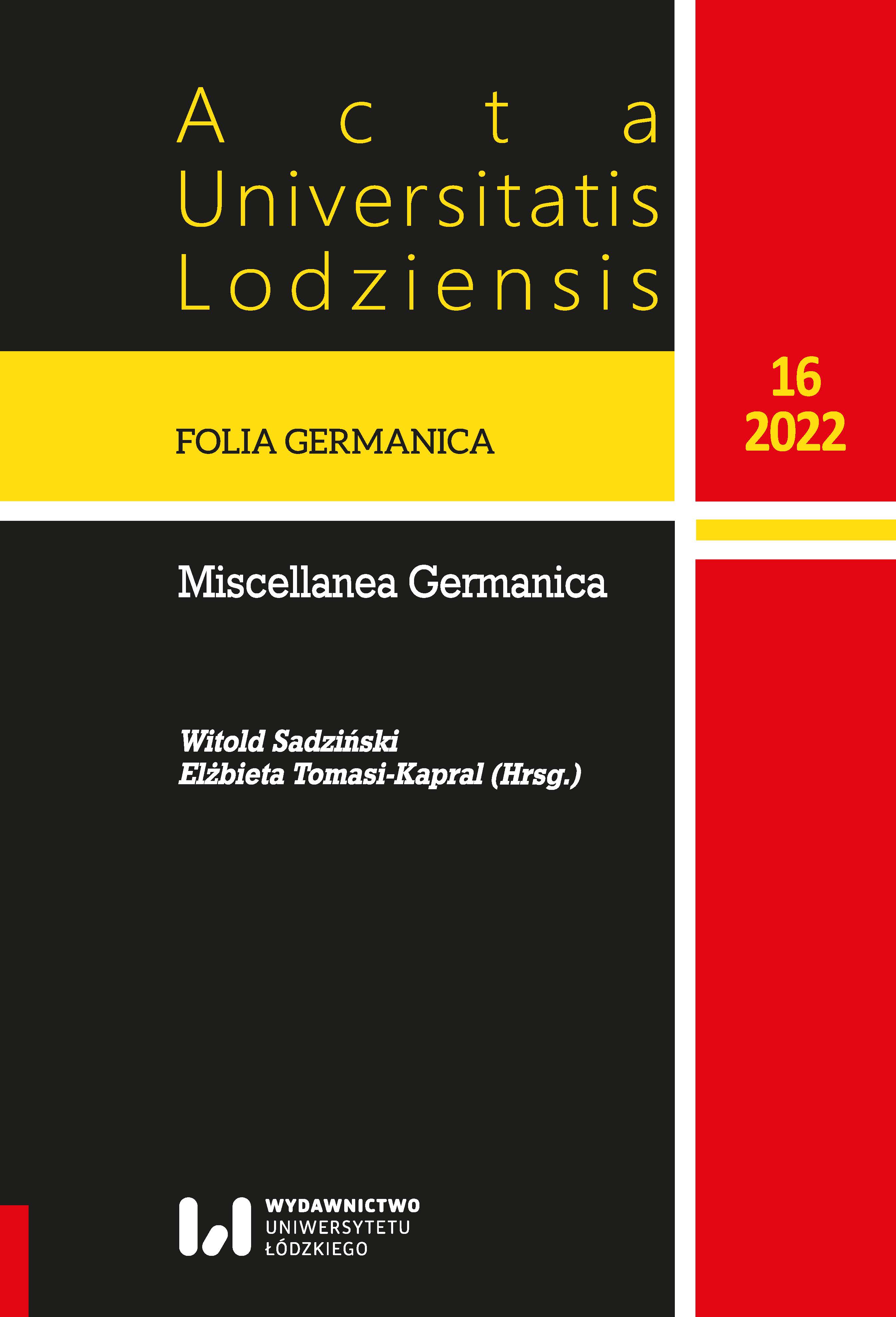
Keywords: Early New High German; Silesian dialect; East Central German; town council; proscription
The article presents the results of the phonemic-graphemic analysis of the proscription entries from 15th century, which come from the book of city Jauer and were written down in the Silesian dialect of the Early New High German. Due to the analysis it could be proved, the text contains the standard Early New High German features as well as the dialectal structures and the sound changes, which are characteristic for the Silesian dialect. All the results of the exploration are supported with with the appropriate examples.
More...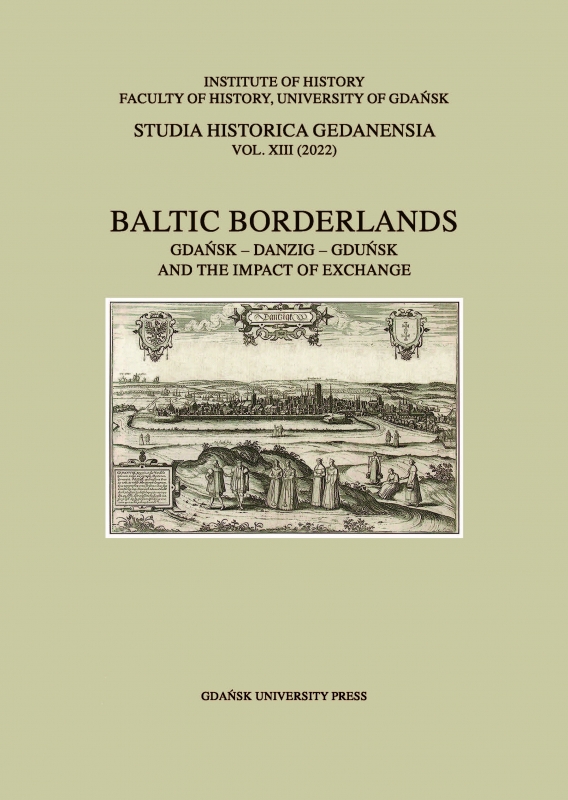
Keywords: Cog; ships; Lastadie; merchants; Gdańsk
For 13th‑century Gdańsk, as for other cities of medieval Europe, it was important to create a community identity, which was expressed in the symbolism of seals and later also heraldic colours and coats of arms. In Gdańsk a seal of 78 mm in diameter, which survives on a document dating from 1299 (hence from pre‑Teutonic times), depicts an unmanned cog borne along by the waves. In late medieval Gdańsk, as in other Hanseatic towns, power belonged to elite families, who formed a ruling group. During 1454–1525 families such as the Falckes, Bischofs, Bocks, Ferbers, Scheweckes, Suchtens, and Zimmermanns each had two members who served as mayors. Maritime contacts played one of the most vital roles in the social and economic life of late medieval Gdańsk, and these included trade links with the English –competitors of the Hanse who could not be taken lightly.
More...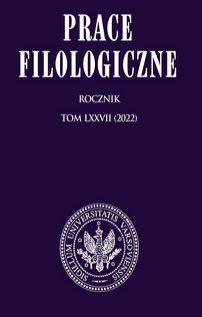
Keywords: typography; branded fonts; popular culture; cultural unit;
The article is dedicated to the question of pop cultural occurrences of the pictoriality of fonts. Particular fonts are often so closely linked to certain brands or consumer goods that they signify them even if they are taken out of context or transmit entirely different information based on the language code. The examples of such fonts discussed in the article refer to various areas of social life. The article also addresses the question of which forms these fonts occur in popular culture and which factors may establish a certain font as a cultural unit.
More...